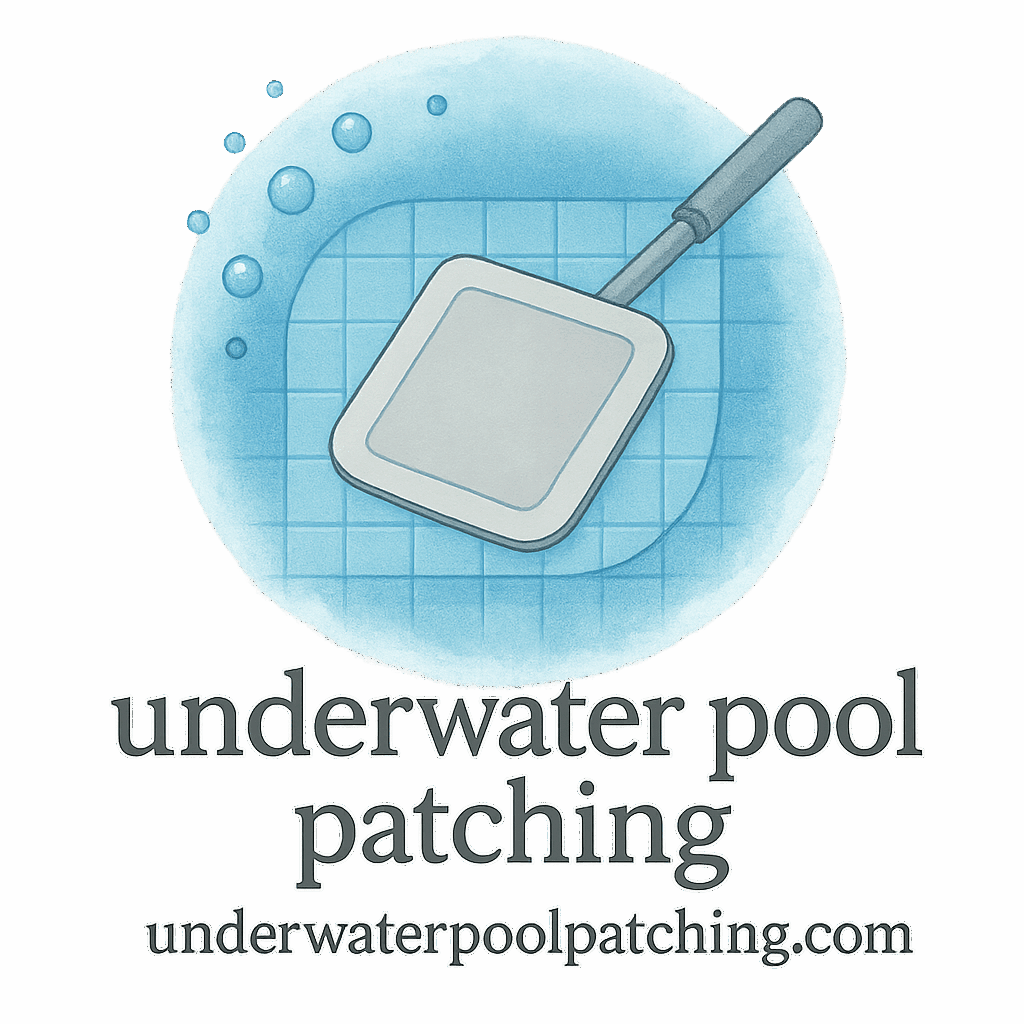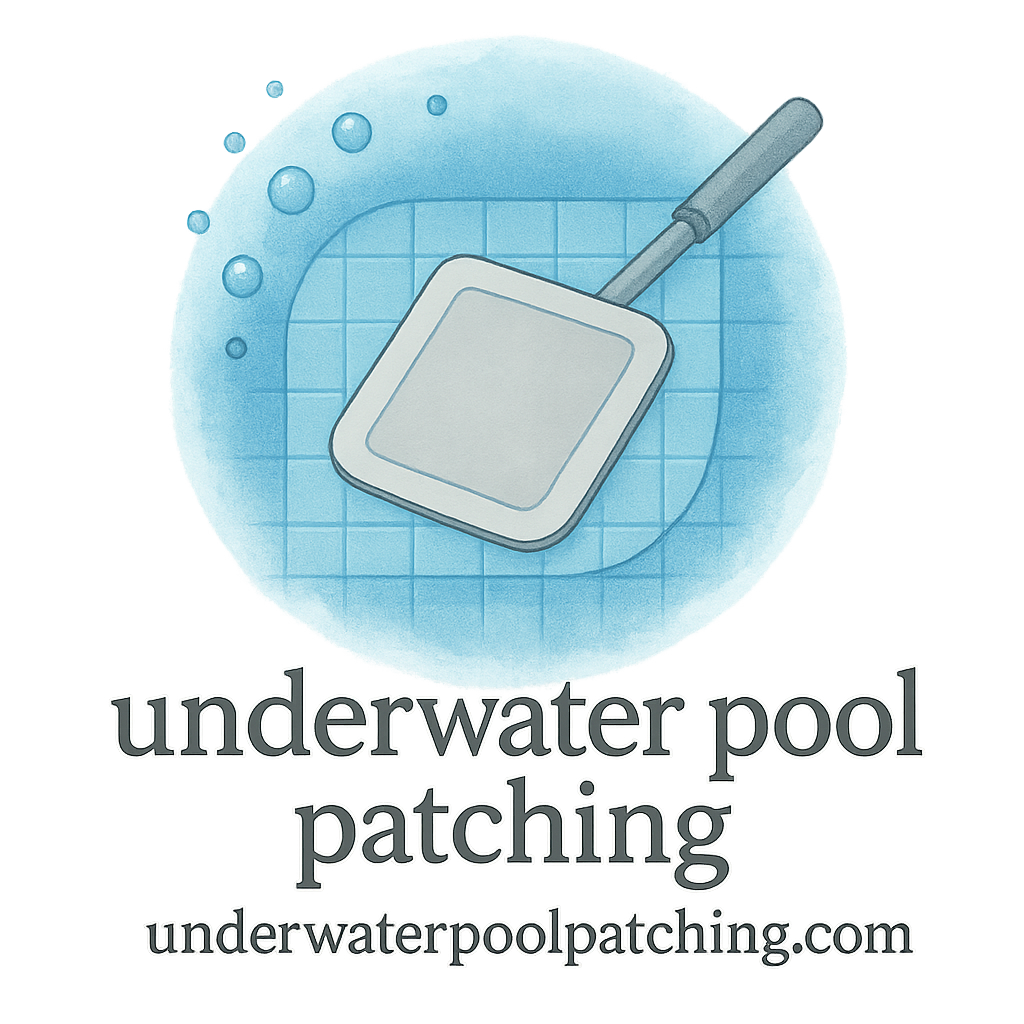Introduction to Pool Maintenance Tools
When it comes to keeping your pool sparkling clean and inviting, the right tools make all the difference. Without them, pool care can feel like a never-ending battle against leaves, algae, leaks, and chemical imbalances. Whether you’re a new pool owner or a seasoned DIYer, knowing which tools to keep in your arsenal is essential for smooth, stress-free maintenance.
In this guide, we’ll explore 9 essential tools for effective application tips for pools, break down how to use them properly, and share insider strategies to extend your pool’s life while saving money.
Why Having the Right Tools Matters
Cost-Saving and Efficiency Benefits
Imagine trying to clean your pool with just a bucket and sponge—it’s frustrating, time-consuming, and ineffective. With the proper tools, tasks become quicker, easier, and more efficient. Plus, you’ll spend less money on emergency repairs and expensive chemicals when your pool is consistently well-maintained. (Check out these cost-saving tips).
Longevity and Pool Health
The right tools don’t just keep your pool looking great; they protect its structure, prevent damage, and extend the life of your liner, tiles, or concrete. Routine use of pool care tools also reduces the risk of leaks, which often require more complex solutions like underwater pool patching.
Tool #1: Pool Skimmer Net
A skimmer net is your first line of defense against floating debris like leaves, bugs, and twigs.
Best Practices for Using a Skimmer Net
- Use it daily during high debris seasons like autumn.
- Angle the net slightly to scoop effectively without pushing debris deeper.
Maintenance Tips for Skimmer Nets
Rinse your net after each use and store it out of direct sunlight to avoid cracks or tears.
Tool #2: Pool Brush
Algae and dirt cling stubbornly to pool walls, but a good pool brush keeps surfaces clean and safe.
Types of Brushes for Different Pool Surfaces
- Nylon brushes: Perfect for vinyl or fiberglass pools.
- Stainless steel brushes: Strong enough for concrete or gunite pools.
Proper Technique for Brushing Walls and Floors
Start at the shallow end and work downward in overlapping strokes. Think of it like sweeping your pool’s “living room.”
Tool #3: Telescopic Pole
This versatile pole connects to most cleaning attachments, from nets to brushes to vacuums.
Multi-Purpose Uses of a Telescopic Pole
Instead of buying multiple tools, invest in a sturdy pole to reach deep ends or tricky corners.
Safety Tips When Handling Poles
Avoid using aluminum poles during thunderstorms—metal and lightning are a dangerous combo!
Tool #4: Pool Vacuum
Vacuuming is essential for removing dirt, sand, and algae from the pool floor.
Manual vs. Automatic Vacuums
- Manual vacuums: Affordable but labor-intensive.
- Automatic vacuums: Robotic or suction-side options that save time.
How to Maximize Vacuum Efficiency
Run your vacuum after brushing to collect loosened debris and prevent clogging your filter.

Tool #5: Water Testing Kit
Balanced water keeps swimmers safe and equipment in good shape.
Importance of Accurate Water Testing
Testing pH, chlorine, and alkalinity prevents cloudy water, algae blooms, and corrosion.
Step-by-Step Testing Guide
- Collect water from elbow-deep level.
- Add drops/reagents as instructed.
- Compare results with recommended ranges.
For expert guidance, see inspection and diagnosis tips.
Tool #6: Chemical Dispenser
No one wants chemical burns or algae infestations, which makes dispensers vital.
Floating vs. Inline Dispensers
- Floating: Simple and budget-friendly.
- Inline: Installed directly in your system for even distribution.
Tips for Safe Chemical Application
Always wear gloves and avoid mixing chemicals in the same dispenser.
Tool #7: Pool Patch Kit
Leaks can drain your wallet and your pool. A patch kit is a lifesaver for quick fixes.
Different Types of Pool Patch Materials
From epoxy patches to vinyl adhesives, the right material depends on your pool surface.
Step-by-Step Patching Techniques
Follow detailed repair techniques to apply patches underwater without draining your pool.
Tool #8: Pool Pump and Filter System
Your pump and filter are like your pool’s heart and lungs—they keep water circulating and clean.
How Filtration Supports Water Clarity
The system removes contaminants invisible to the naked eye, ensuring crystal-clear water.
Regular Maintenance for Pumps and Filters
Backwash your filter regularly and schedule routine checks to avoid clogs or breakdowns.
Tool #9: Pool Safety Equipment
Beyond cleaning, safety is key for every pool owner.
Essential Safety Gear Every Pool Owner Needs
- Life rings and reaching poles.
- Pool covers to prevent accidental falls.
Preventive Measures to Avoid Pool Damage
Safety tools also protect the pool itself—for example, a durable cover shields your liner from sun damage.
Pro Application Tips for Pool Care
Routine Inspection and Diagnosis
Make inspections part of your weekly plan. Early leak detection saves money and hassle.
Budget-Friendly Maintenance Plans
Set aside a small monthly budget for maintenance and prevention instead of facing large unexpected costs.
Common Mistakes to Avoid When Using Pool Tools
Overusing Chemicals
More chlorine doesn’t mean cleaner water—it can irritate skin and damage equipment.
Ignoring Small Repairs
A tiny crack today can become a costly restoration tomorrow. Consider restoration tips to stay ahead.
Cost and Budgeting for Pool Tools
How to Save Money on Pool Supplies
- Buy in bulk.
- Compare brands for value.
- Check seasonal discounts.
See more on cost budgeting.
Investing in Long-Term Solutions
It’s smarter to buy a durable vacuum once than replacing a cheap one every season. Think of it as a money-saving strategy.
Preventive Maintenance for Long-Lasting Pools
Creating a Maintenance Schedule
Use reminders or apps to keep your maintenance plan consistent.
Importance of Regular Leak Detection
Routine pressure tests help catch invisible leaks before they cause major damage.
Conclusion
Caring for your pool doesn’t have to be overwhelming. With these 9 essential tools for effective application tips for pools, you’ll save time, reduce costs, and extend your pool’s lifespan. Whether it’s a skimmer net for daily cleaning or a patch kit for emergencies, having the right gear transforms pool maintenance from a headache into a routine. Combine these tools with smart maintenance strategies and preventive care, and your pool will stay a sparkling centerpiece for years to come.
FAQs
1. How often should I test my pool water?
At least twice a week, and daily during heavy use.
2. Can I patch a pool without draining it?
Yes, many underwater patching techniques work without draining.
3. What’s the best vacuum for large pools?
Robotic vacuums are ideal—they save time and cover more area efficiently.
4. Do I need both a skimmer net and a vacuum?
Yes, skimmer nets handle floating debris, while vacuums tackle dirt on the floor.
5. How do I prevent algae growth?
Regular brushing, balanced chemicals, and consistent circulation are key.
6. Are pool safety covers worth it?
Absolutely—they protect swimmers, pets, and extend the pool’s life.
7. What’s the biggest mistake pool owners make?
Ignoring small issues, like leaks or cracks, until they become costly problems.


